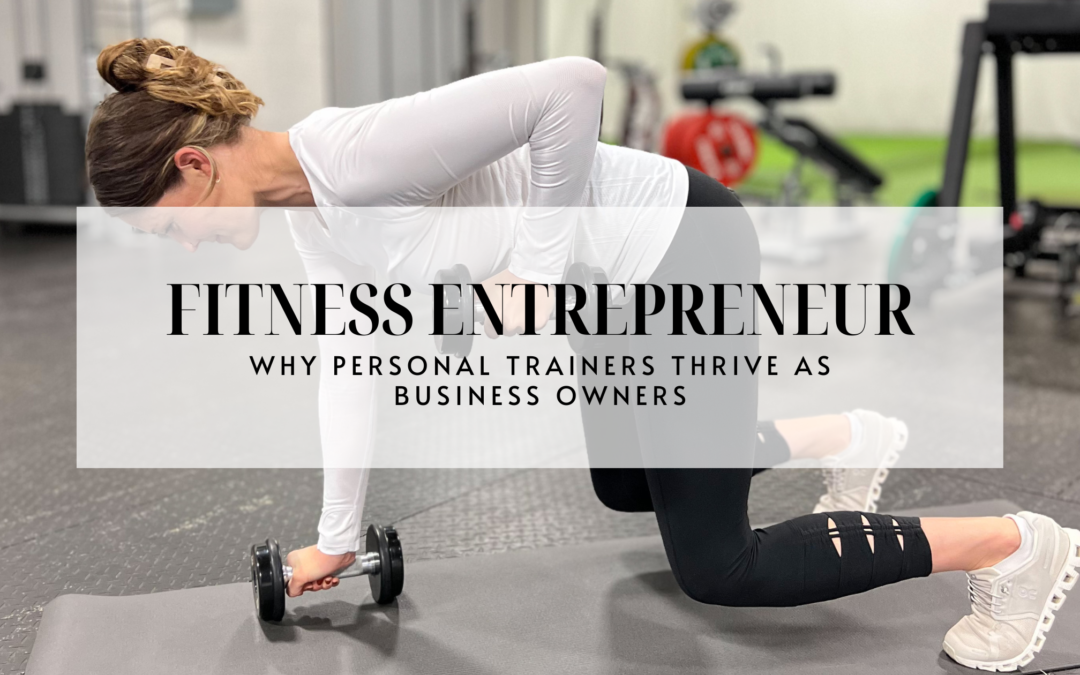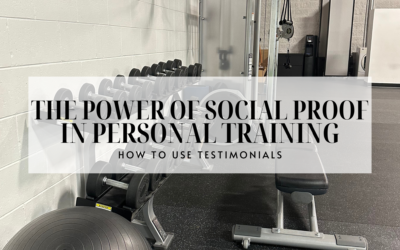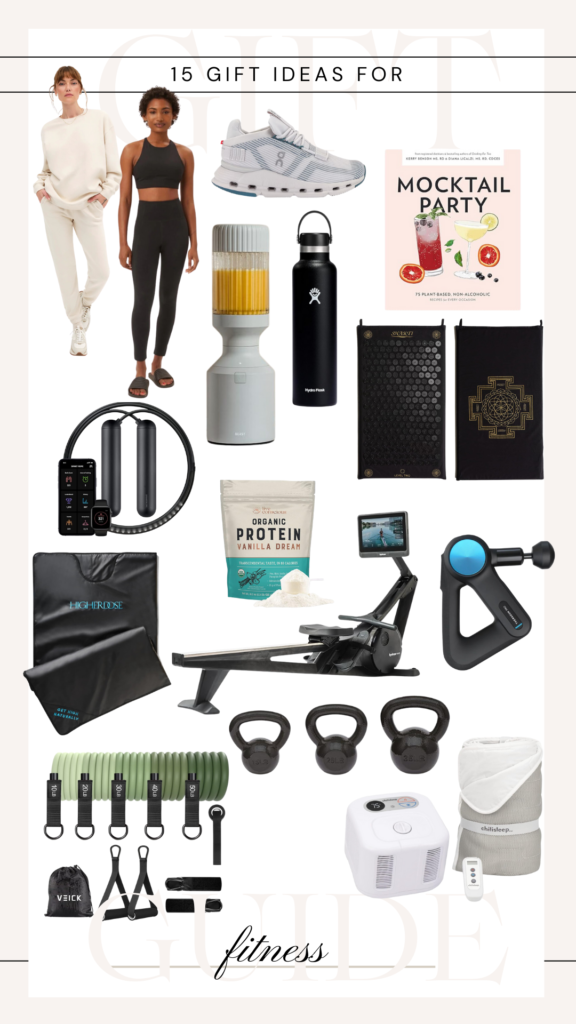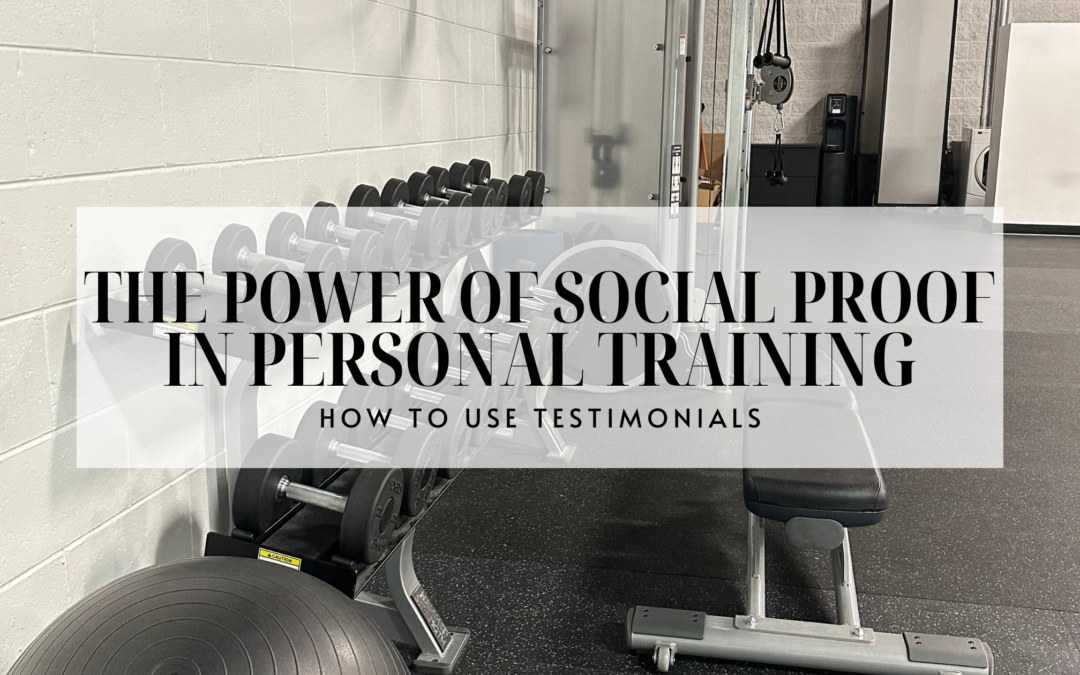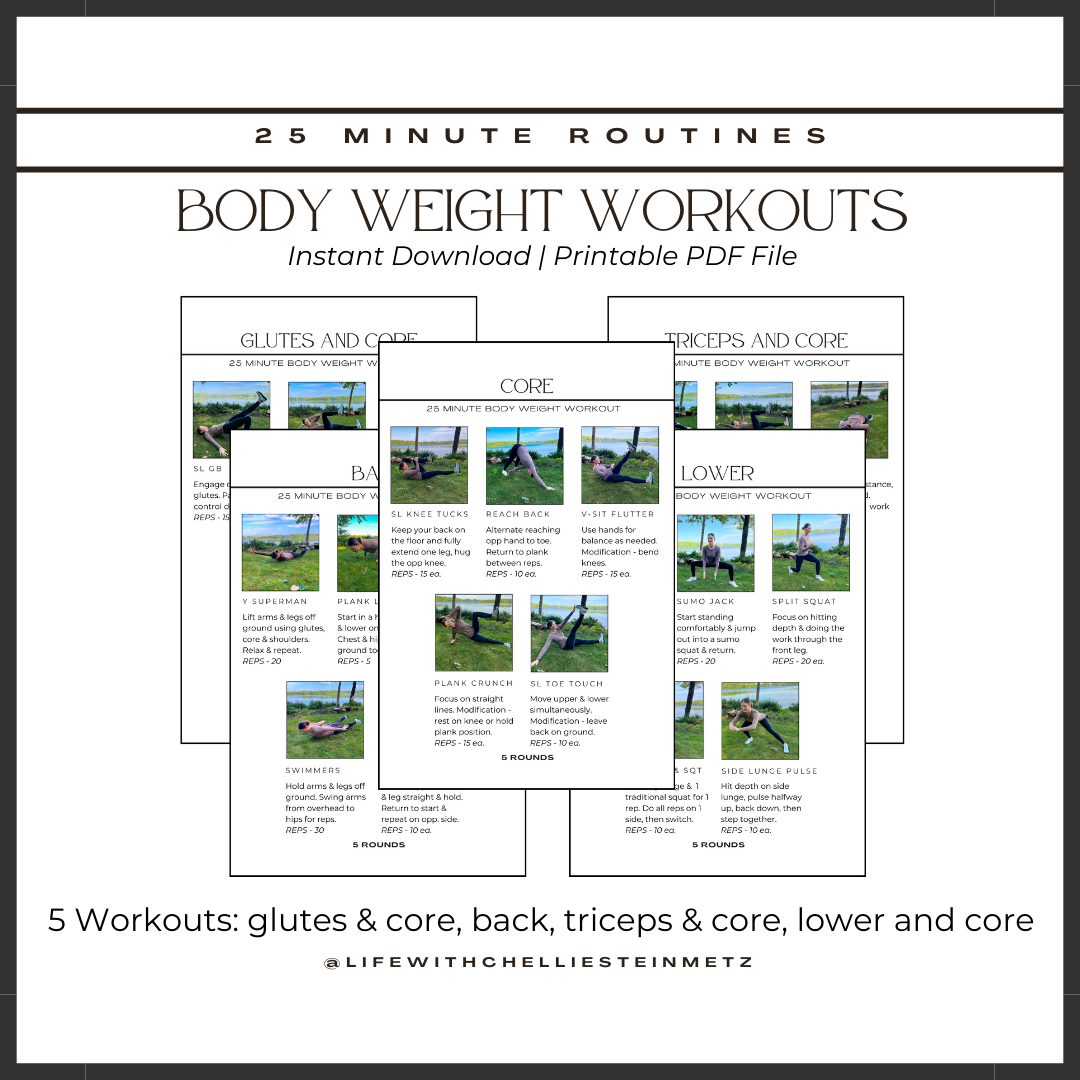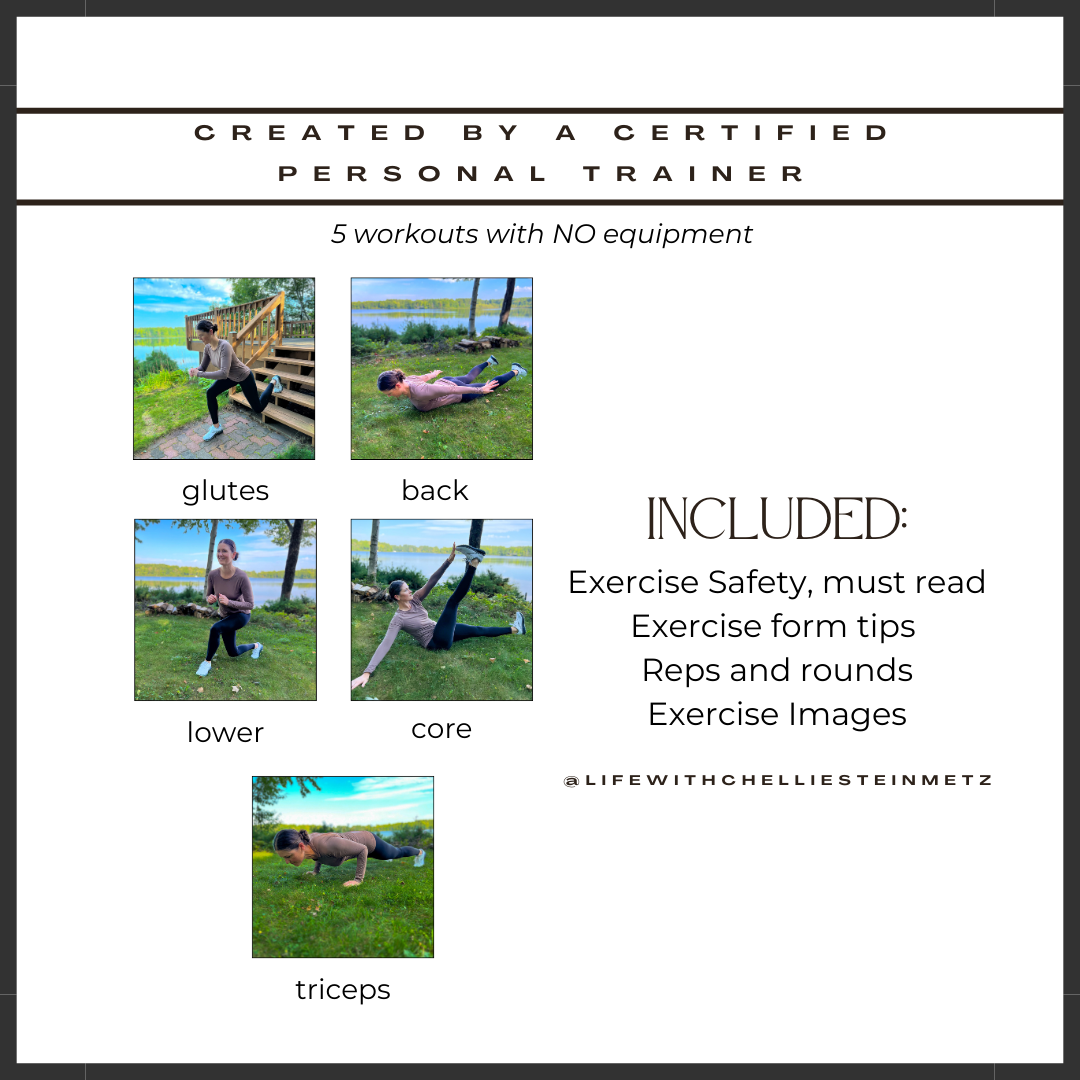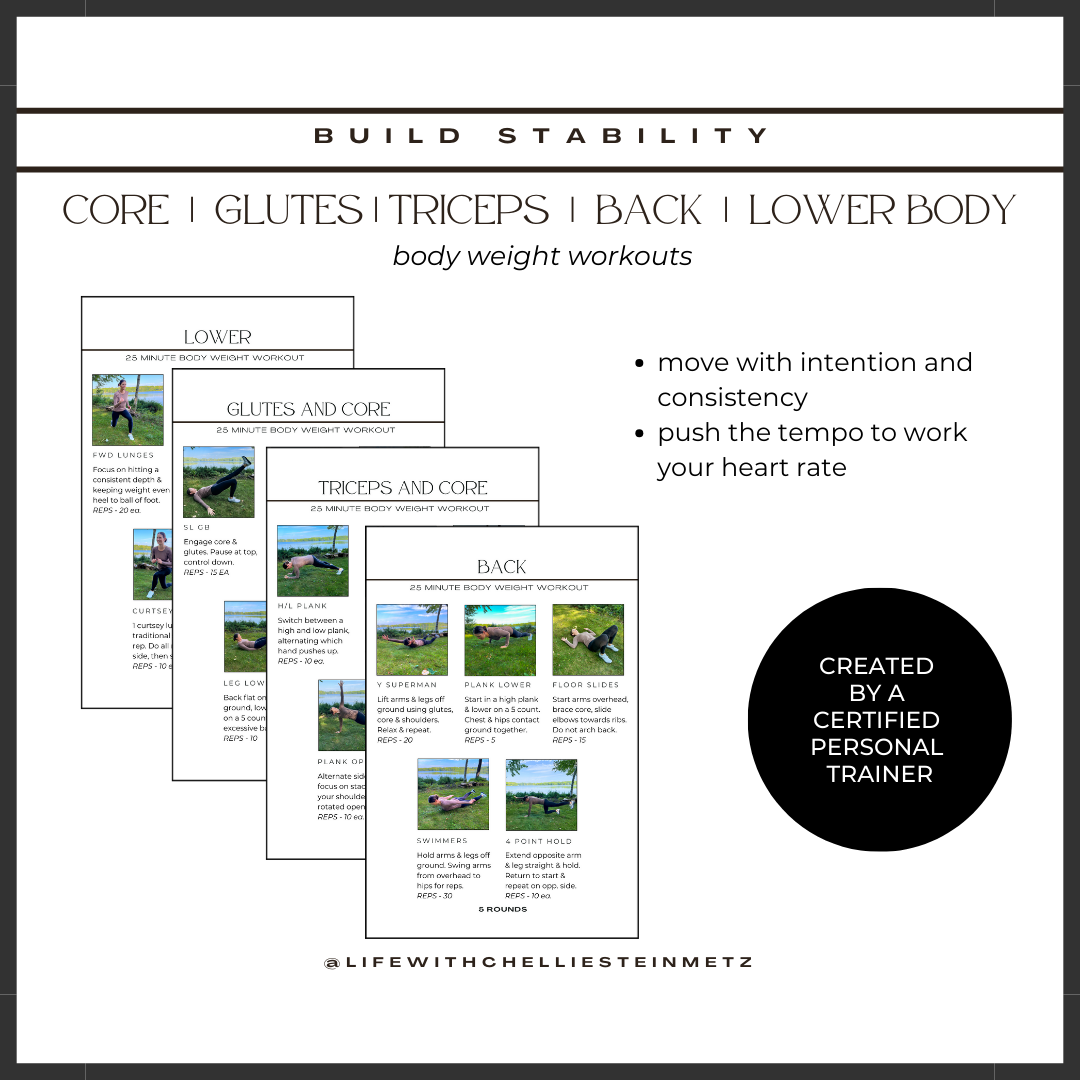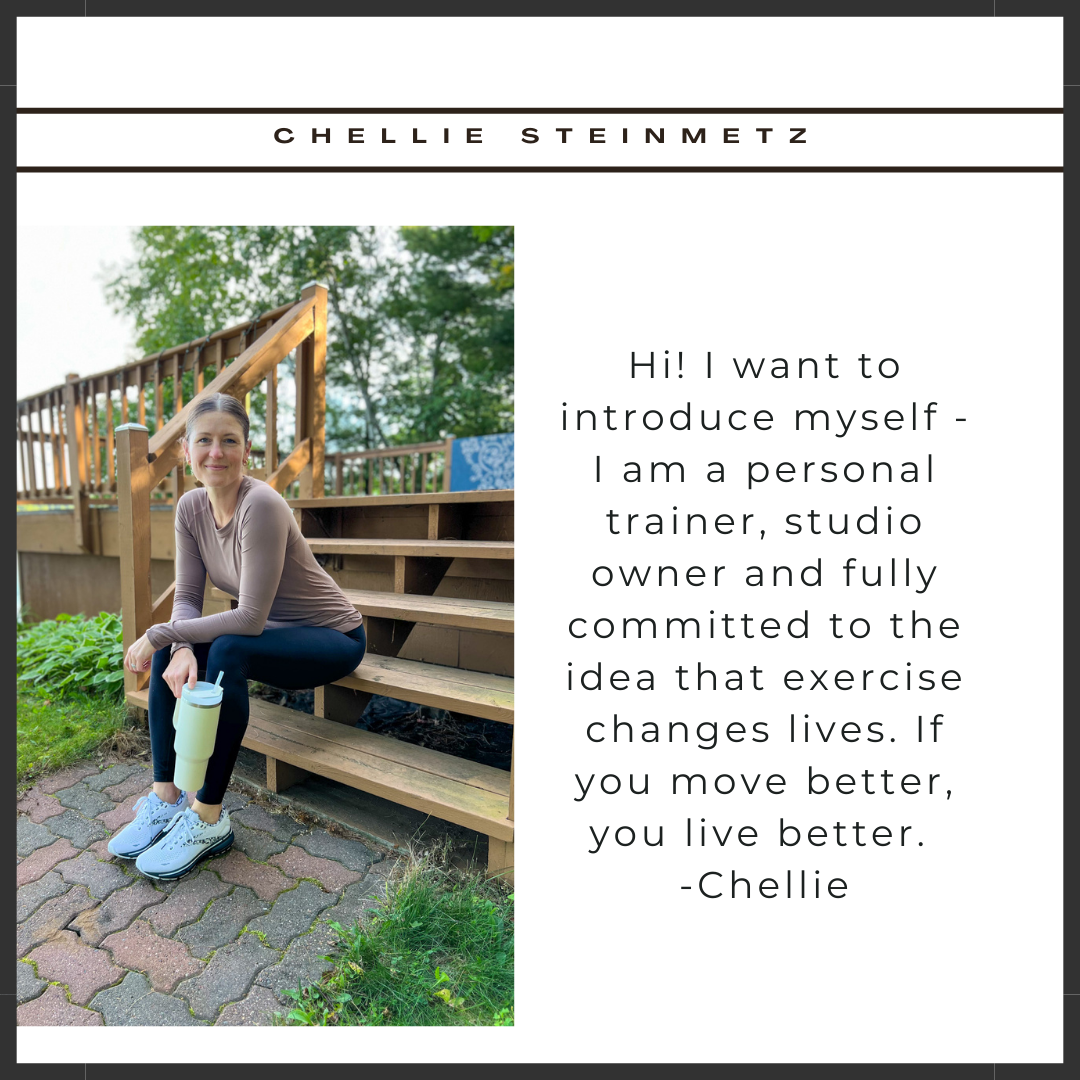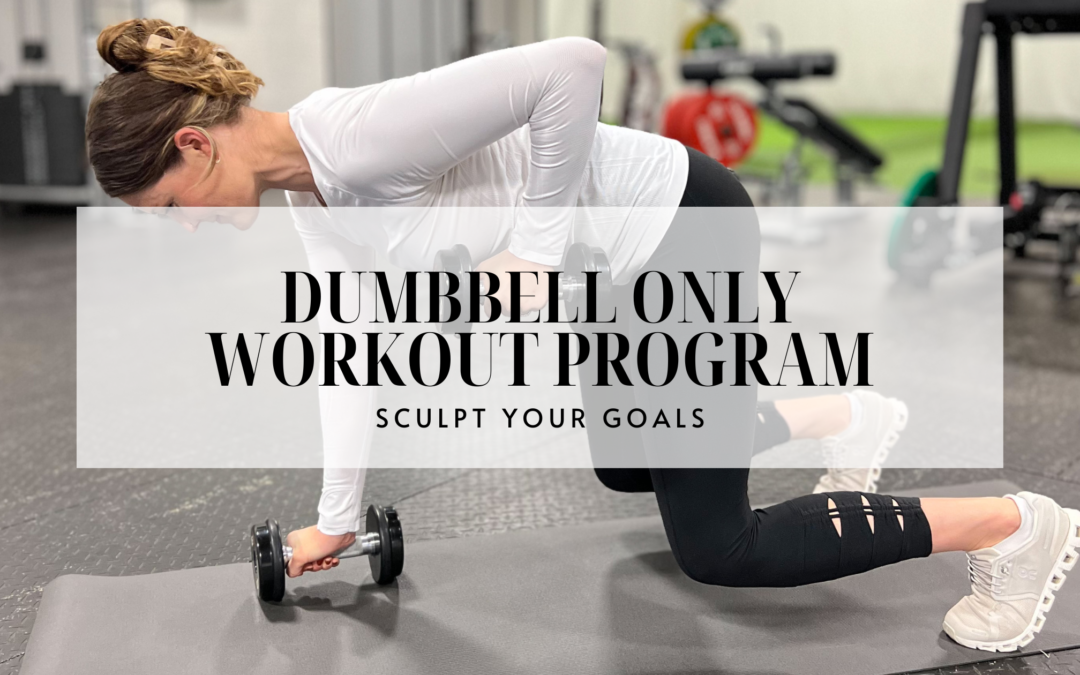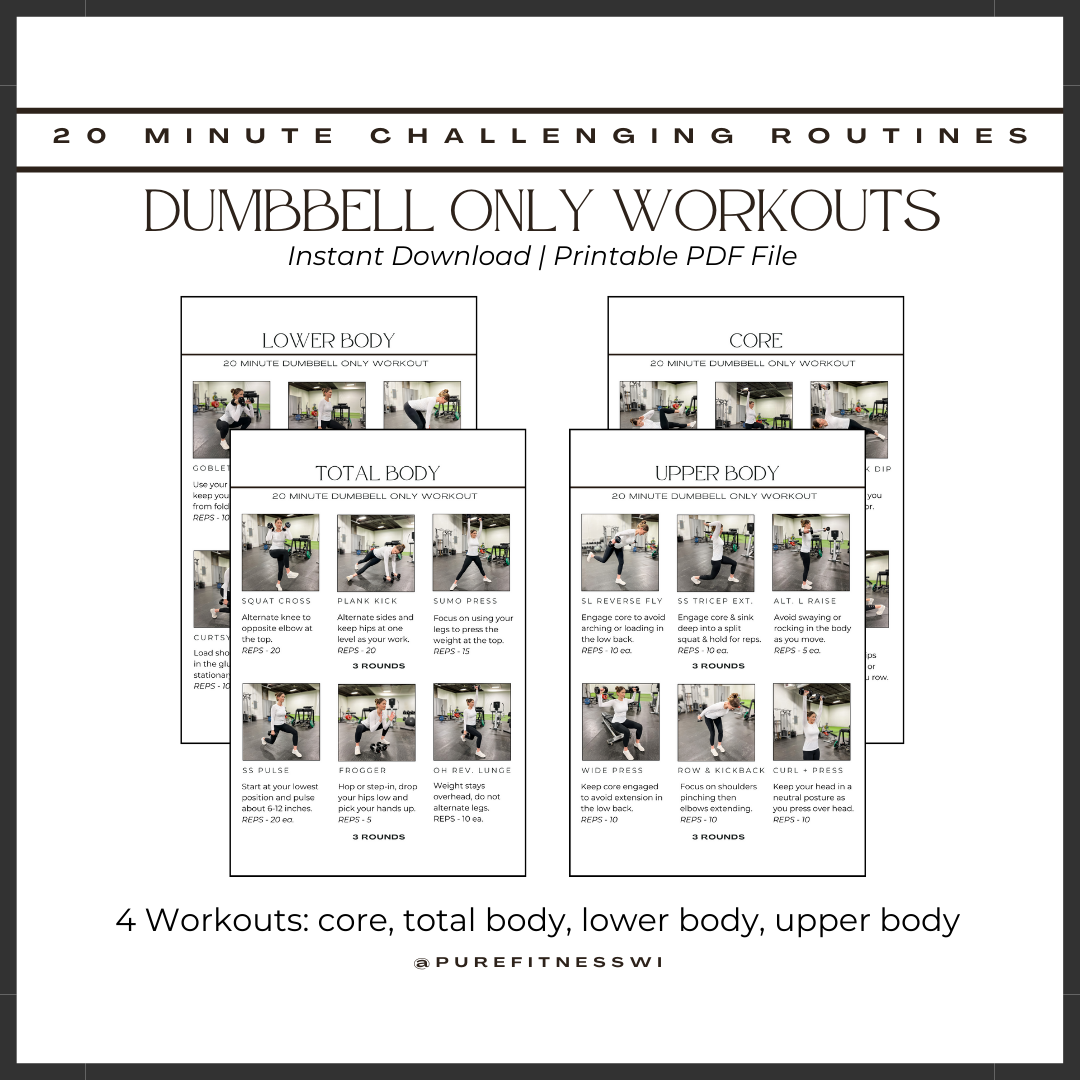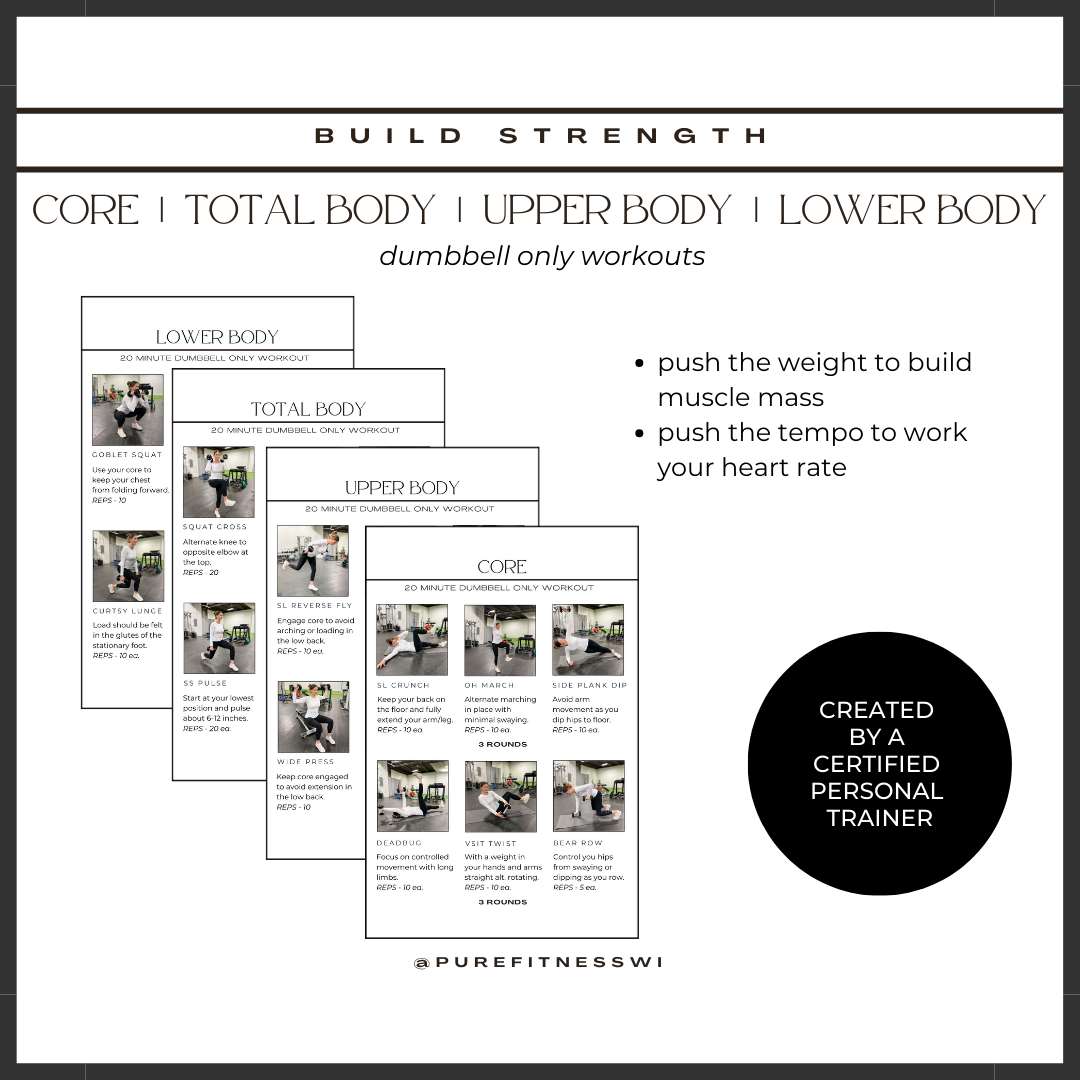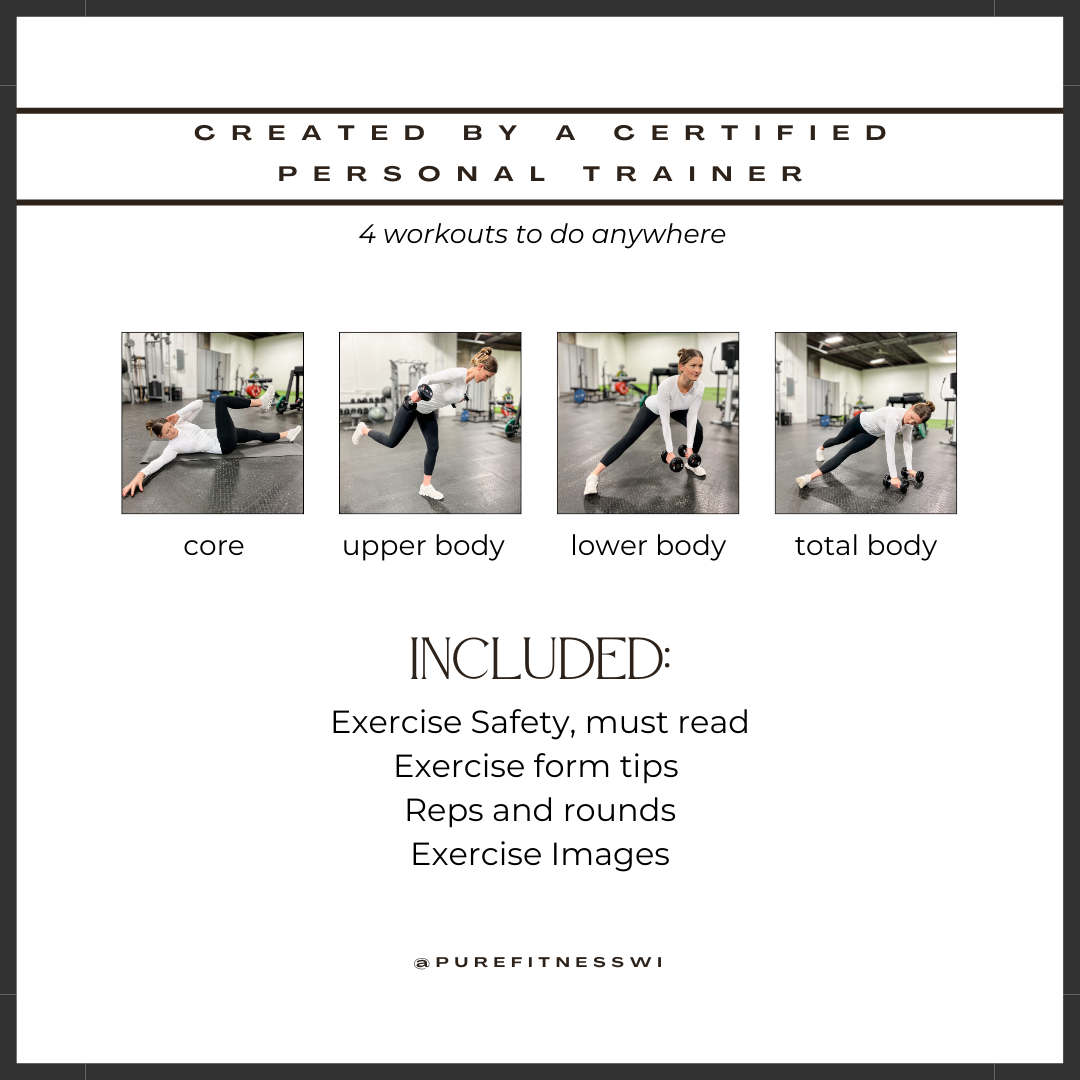As the heartbeat of the fitness world, personal trainers hold a unique power – the power to transform lives, ignite passion, and inspire lasting change. Now, imagine channeling that incredible force into something even more extraordinary – your own fitness business.
Entrepreneurship is an empowering mission, full of challenges and celebrations, and most importantly… opportunity. The opportunity to unlock your potential, control your career path and, in our experience as personal trainers, make more money. Let’s explore the compelling reasons why owning your own fitness business might be the next exhilarating step in your journey.
3 REASONS WHY A PERSONAL TRAINER THRIVES AS A FITNESS ENTREPRENEUR
“Be your own boss” is perhaps the the most common answer I hear when I ask someone what it means to be an entrepreneur. The idea of taking control of your destiny, being the captain of your ship, and savoring the sweet taste of entrepreneurial success. It is a wonderful vision, but incomplete.
Just because you want to be your own boss, doesn’t mean you should or that you will succeed. Now, hopefully, you are reading this because you are a personal trainer and maybe, just maybe, you are considering staring your own business. I say that because I believe the personal trainers have three qualities that are indicators for why a person trainer thrives as an entrepreneur.
- Passion
- Growth Focused
- Discipline and Control
PASSION-DRIVEN PROFESSION
A good personal trainer is passionate about fitness, about the science, about helping solve people’s problems. As a fitness entrepreneur you get to take that passion and live it everyday AND implement it the way you know it should be done. No more dreading the workday, living for the weekend or dreaming of the career you could have had.
As personal trainers we have an ability to positively impact lives by helping clients achieve their health and fitness goals. Running your own training business allows you to use your training philosophies and methods to make a lasting impact on individuals seeking your expertise. As you refine your methods and build your brand your business and reputation grows and attracts more clients and supports. Creating stability for your business and your future.
The satisfaction of seeing your clients transform both physically and mentally, knowing you played a pivotal role in their journey to a healthier lifestyle, is very fulfilling. Entrepreneurship is using that passion to help and transform your clients on yourself. Allowing you to earn more money as we discuss next!
FINANCIAL GROWTH AND POTENTIAL
We have seen it first hand, running your own personal training business will make you more money. You can break free from income constraints and unlock your financial future with a business model that cuts out the middleman, leaving more cash in your pocket and control in your hands.
With you as the ship captain you can pivot your business to meed the market demand and your personal interests and passions. Increase yours sales by offering various services like one-on-one training, small group sessions, and specialized programs that speak to your ideal client. Quickly adapt your services to align with the ever-evolving needs of your clientele and your business. Giving yourself stability and control over your success.
A business is a lot like a career, you may start in one place and end in another. Most people start their careers at the bottom and grow upwards in a company or in several companies. A business grows and changes in time in tune with its goals and resources. As an entrepreneur you get to control your business (or career) making the only limit, yourself.
CAREER CONTROL AND DISCIPLINE
There are the small things that make being an entrepreneur fun – the freedom to set your own schedule, craft your brand identity, deciding on the customer experience, allowing your creativity space to grow by testing innovative ideas and approaches. There is also one of the most valued parts, being able to institute change that best serves you and your clients immediately… because you are the boss.That control, combined with an attitude of continues learning, and discipline, are essential for success.
The entrepreneurial mindset is so close to a personal trainer, just listen. As a personal trainer you identify goals, create a program for a client, implement said program, adjust program as needed, achieve results. As a entrepreneur you do the same thing. Identify the goals of your business, create a strategy to achieve those goals and seek necessary resources, implement said strategy, adjust strategy as needed, achieve results.
All you are doing is taking a system you already know, the discipline you clearly have and apply it in a new arena to earn more money and control the growth of your career. I don’t like to bet, but this is a bet on yourself and that is one, as an entrepreneur I am generally speaking confident in.
DOES THIS RESONATE WITH YOU?
Personal trainer entrepreneur is an exciting alternative to a traditional gym based job. If you are looking for your next career move as a personal trainer and any of these 10 reasons resonate with you, it is time to dive deeper and decide if you are willing to bet on yourself. Because after all entrepreneurship is nothing if not a bet on your ability to see an idea through to the end.
If you live in the Milwaukee area, we’re here to support your entrepreneurial goals.
THE PURE FITNESS OPPORTUNITY
The opportunity at Pure Fitness is extended to all personal trainers – whether you’re starting out, a seasoned pro, or balancing training part-time, to explore a cost-effective path to owning your own business. Take the reins of your career growth and earnings by renting a fully equipped training station with top of the line equipment.
At Pure Fitness, we empower passionate personal trainers with a focus on the long-term. Renting space with us means minimizing overhead expenses, allowing you to construct the career you desire while mitigating the financial risks associated with business ownership.
As a Pure Fitness renter, you’re in the driver’s seat of your business. Set your own price points, create your schedule, and forget about the tedious tasks like cleaning and towel folding. Instead, concentrate on perfecting your craft, advancing your career, and building a thriving business.
We go beyond offering a space – we’re a valuable resource for our renters. Benefit from our industry knowledge, education, and personal success insights. Take, for instance, our recent blog post on measuring success as a personal trainer.
When you lease space at Pure Fitness, your monthly payment covers all overhead expenses – no surprises. Rent, internet, cleaning, garbage removal, landscaping/snow removal, music, utilities, and more are all included. Gain access to your dedicated, fully equipped training space and a communal area with cardio and additional strength training equipment.
Ready to seize this opportunity? Use the contact form below to learn more and take the next step toward owning your personal training business with Pure Fitness.
